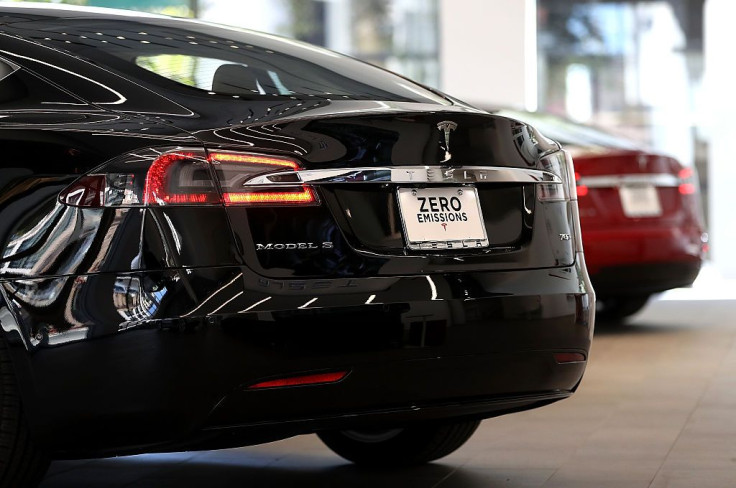Tesla Flexes Its Software Prowess In Latest Over-The-Air Update

Earlier this week, Tesla (NASDAQ:TSLA) announced another software update for its vehicles. The update, which brought Tesla vehicles a step closer to autonomous driving, highlighted how rapidly the automaker can deploy a significant new feature -- all through a seamless over-the-air update.
Here's a look.
Navigate on Autopilot gets a major upgrade
On Wednesday, Tesla announced an update for its Navigate on Autopilot feature, making it "more seamless."
Navigate on Autopilot is a feature that started rolling out to customers last October, enabling highway on-ramp to off-ramp navigation based on a driver's designated destination. But the driver-assist feature fell short of a total on-ramp to off-ramp experience: Although it made lane changes for the driver, the driver had to approve suggested lane changes with the turn stalk. Tesla's latest update for Navigate on Autopilot importantly removes the requirement to confirm lane changes and gives customers more control over the feature through the Autopilot settings menu.
Specifically, the over-the-air update gives drivers three settings to choose from. One setting lets drivers choose whether Navigate on Autopilot is turned on automatically (for the highway portion of the drive) every time a driver enters a navigation route. A second setting gives drivers the option to require a confirmation from the driver before lane changes are executed. Finally, a third option gives drivers an option to be notified of an upcoming lane change with an audible chime and a visual prompt.
With the help of the company's internal testing and Early Access Program, over "a half a million miles have already been driven with lane change confirmation turned off," Tesla said in its update this week. This validation, combined with the company's over-the-air update technology, means Tesla was able to start rolling out updates to owners who have purchased enhanced autopilot or prepurchased full self-driving capability immediately.
This over-the-air update joins a few other notable updates recently, including one earlier this month that improved the range and acceleration of Tesla's long-range Model 3 and a feature that enables Tesla vehicles to slowly, autonomously navigate through parking lots to their owners.
Just the beginning
Based on another announcement from Tesla last week, there's apparently much more to come on this front. The company announced it is unveiling its in-house-developed full self-driving (FSD) computer at an event in Palo Alto, California, on April 22. At the event, Tesla executives will discuss the computer and give test-drives to experience features that are "under active development."
While manufacturing has been -- and continues to be -- the electric-car maker's greatest challenge, software could represent its most important opportunity. Even more, Tesla's ability to quickly and seamlessly roll out such substantial software updates shows how the company's software prowess may give Tesla a significant technological edge over competitors.
This article originally appeared in The Motley Fool.
Daniel Sparks owns shares of Tesla. The Motley Fool owns shares of and recommends Tesla. The Motley Fool has a disclosure policy.





















